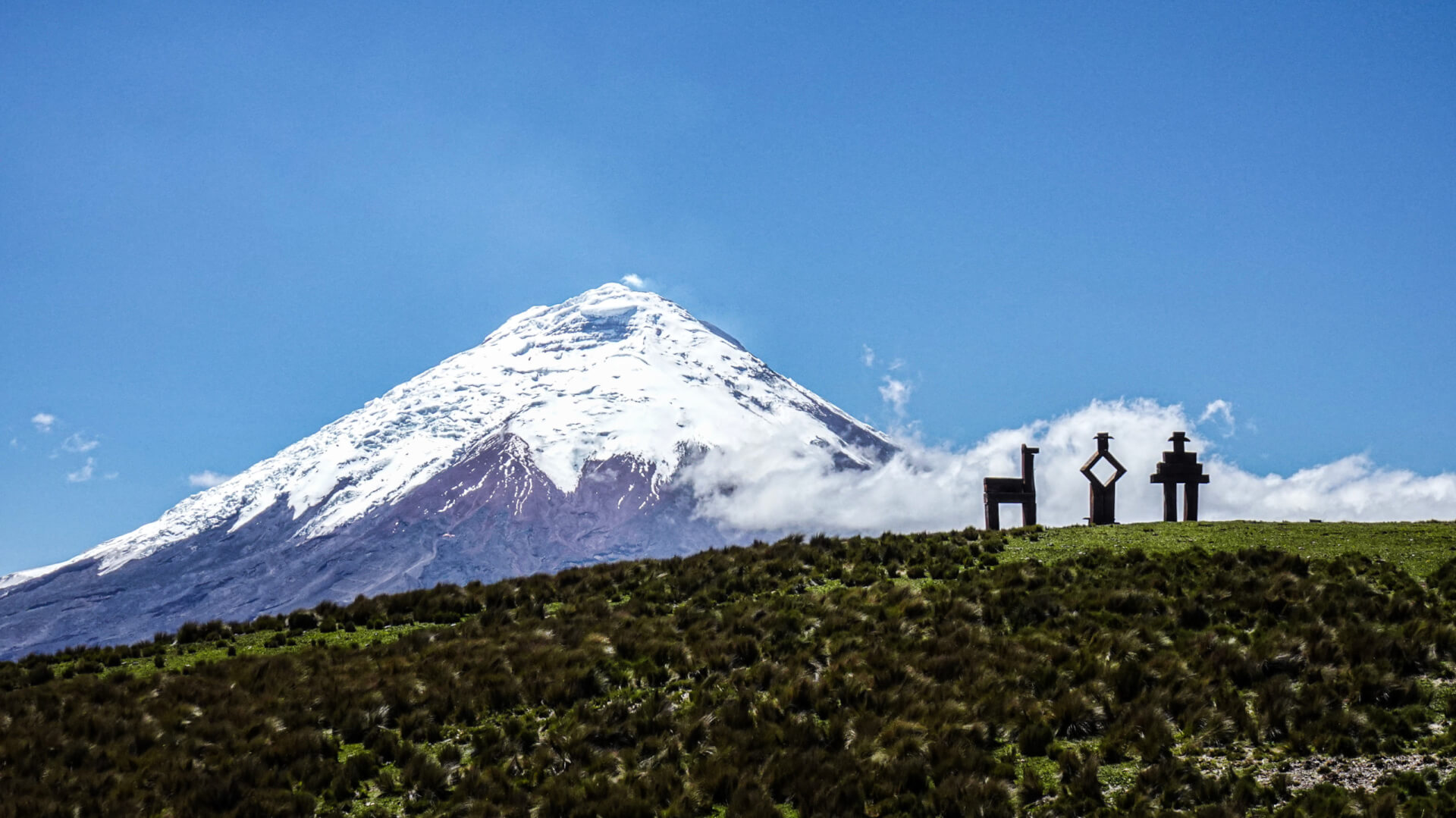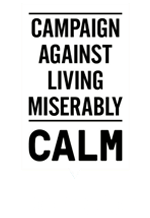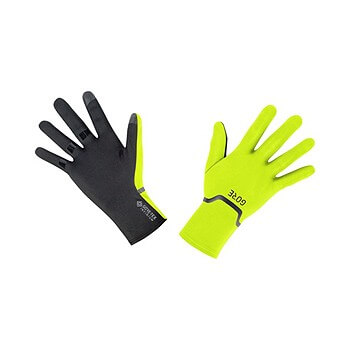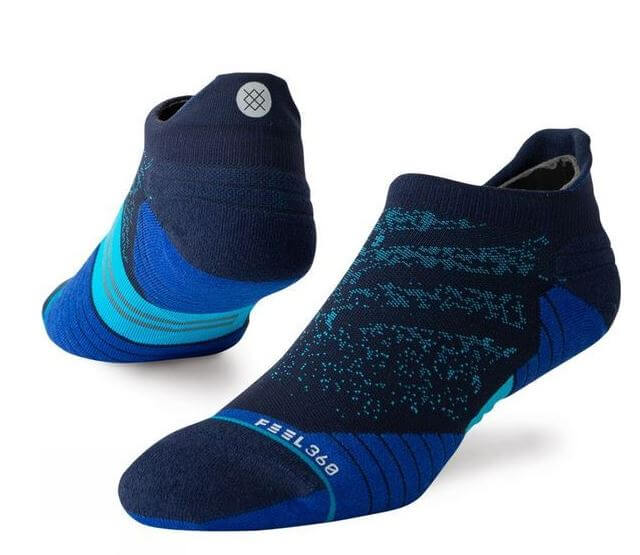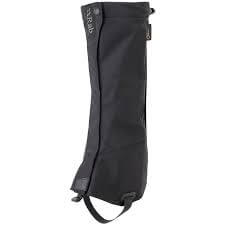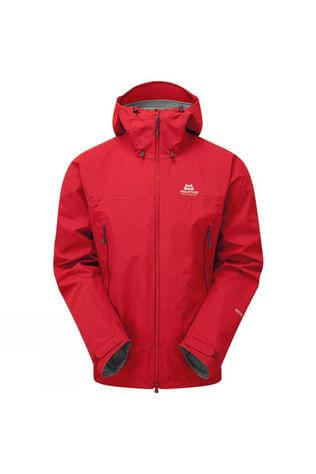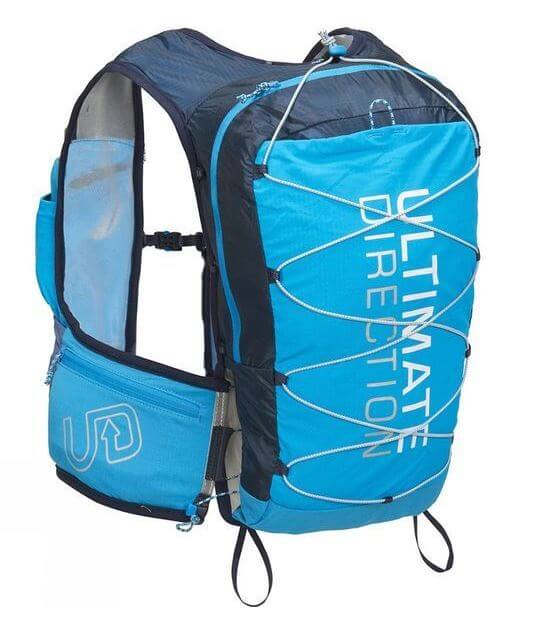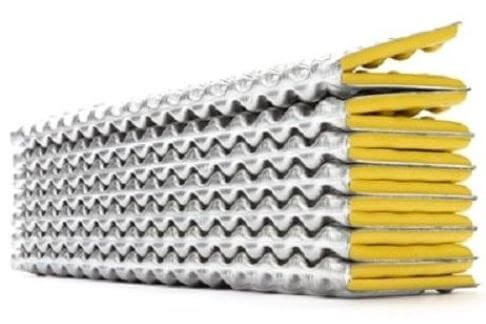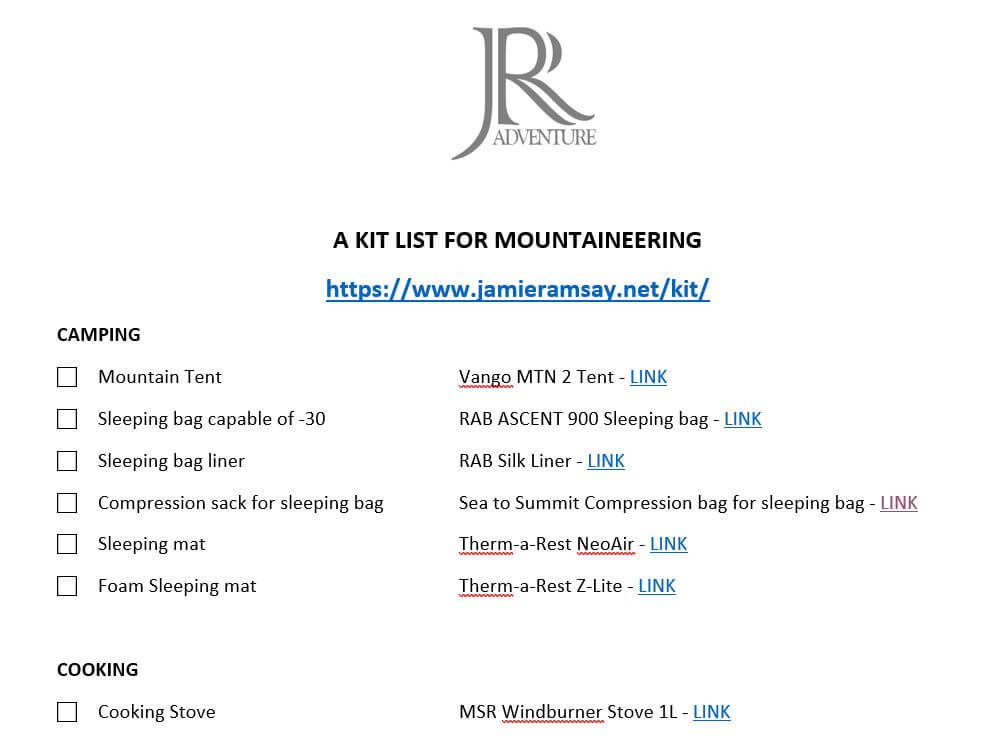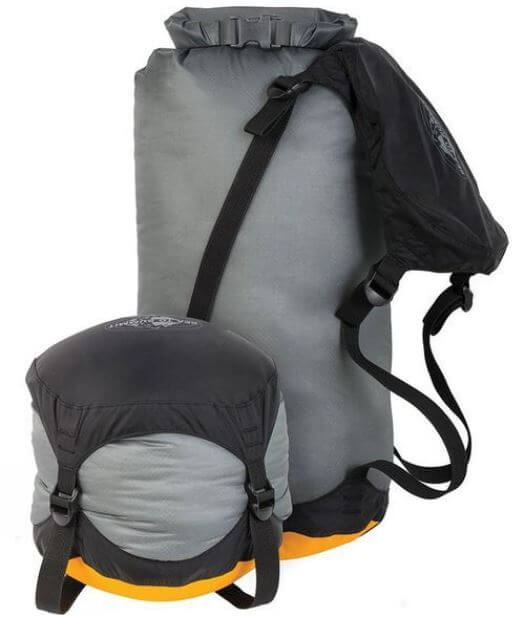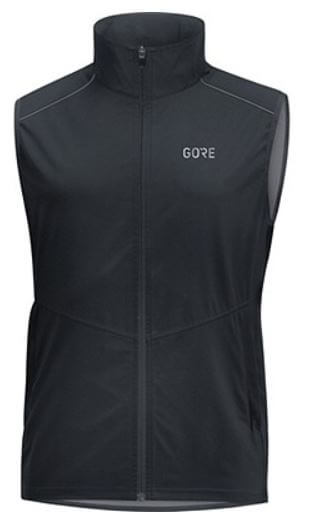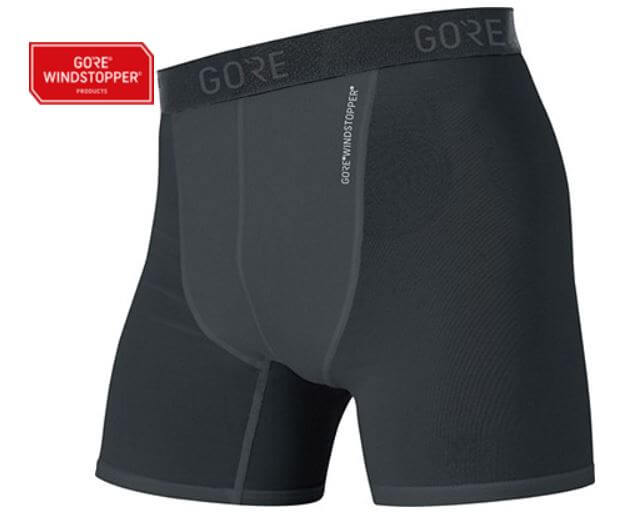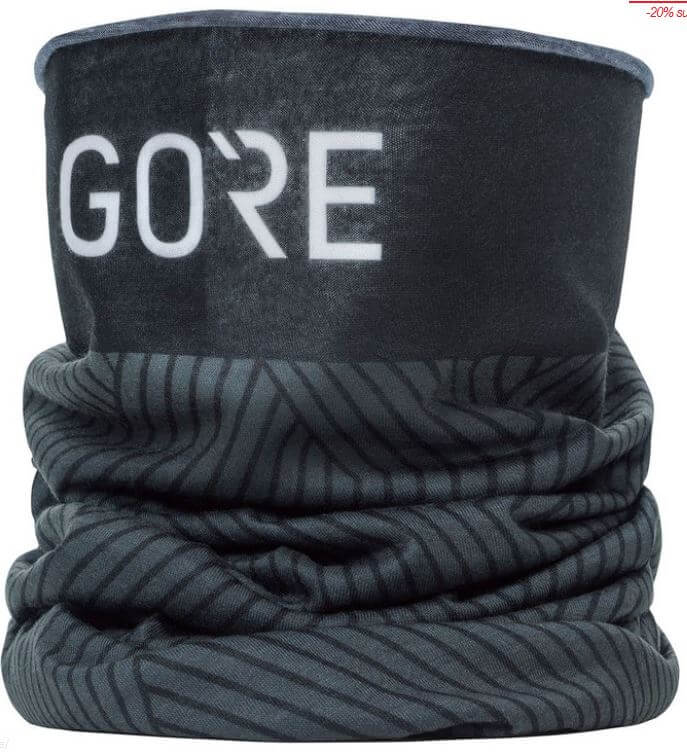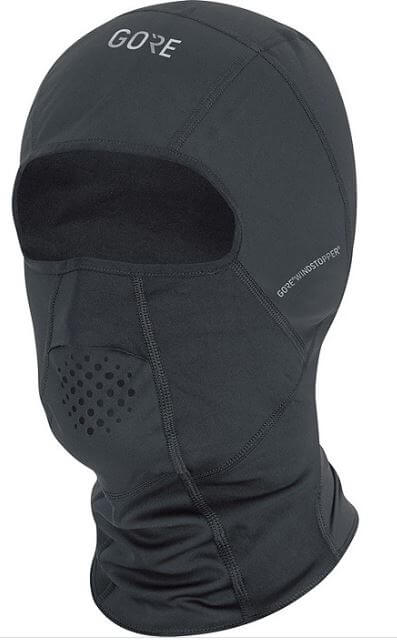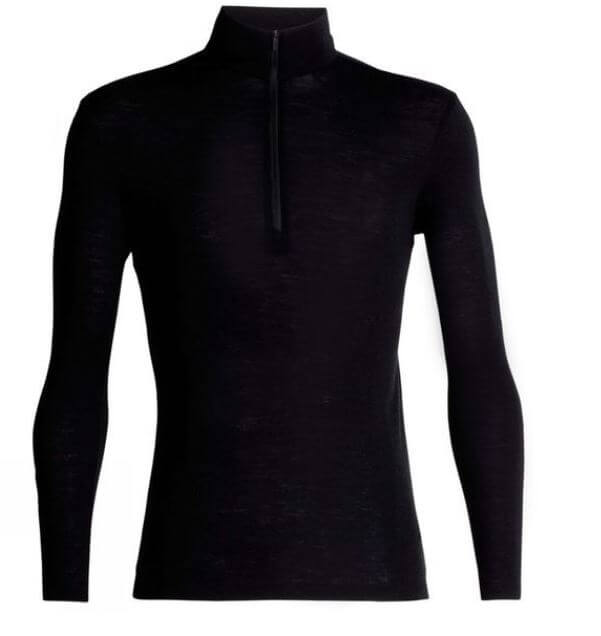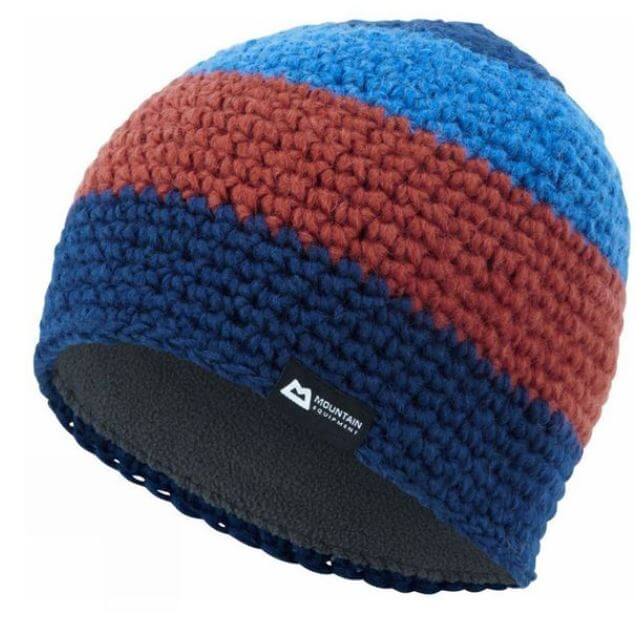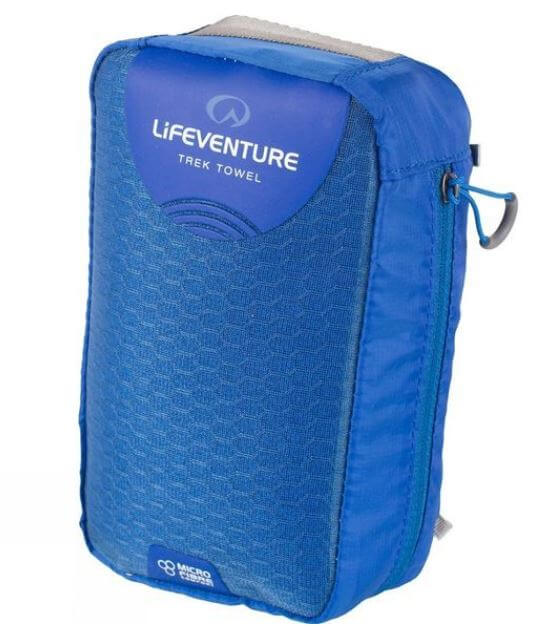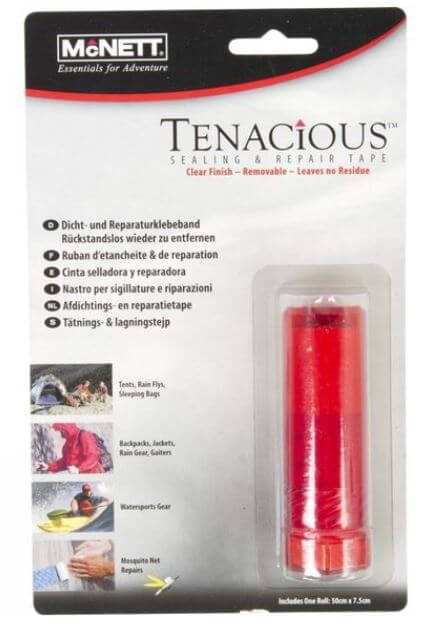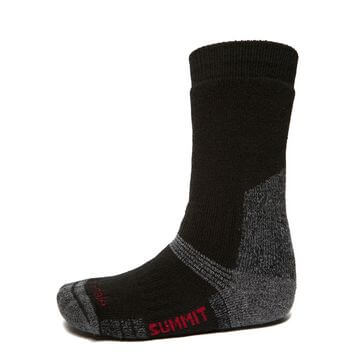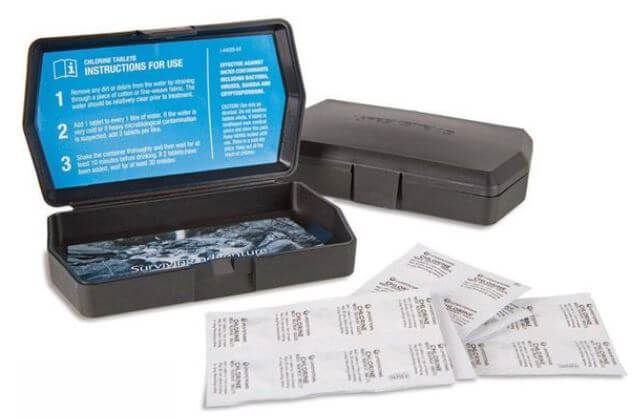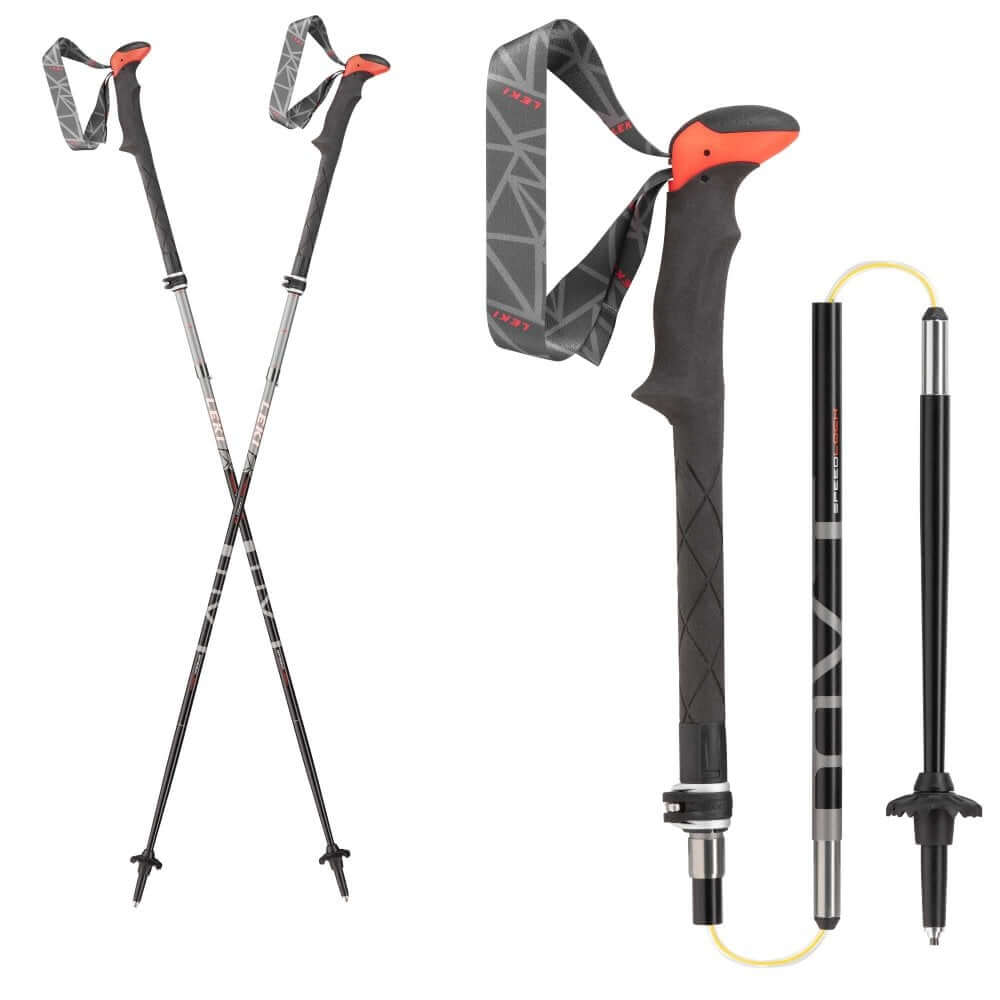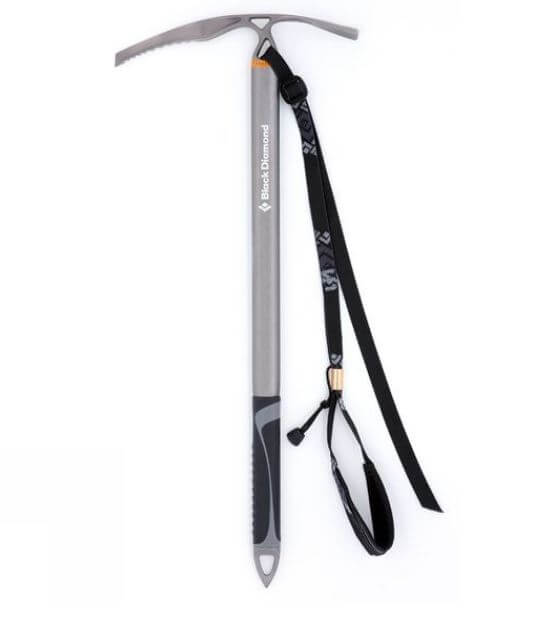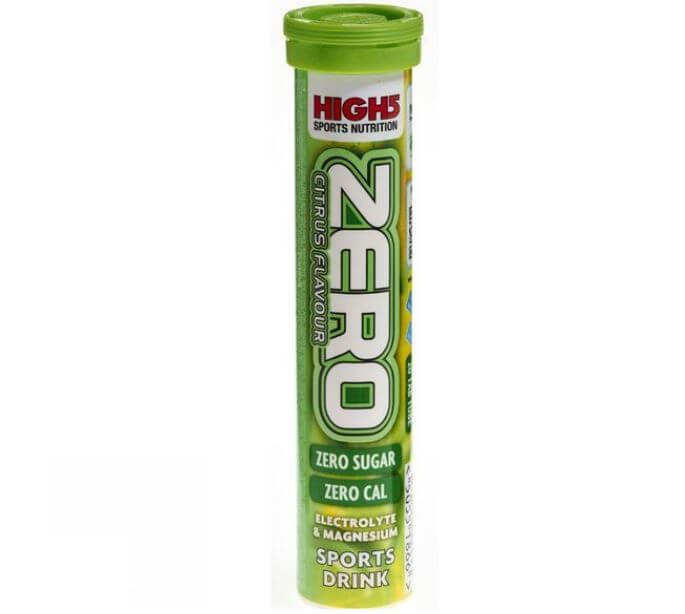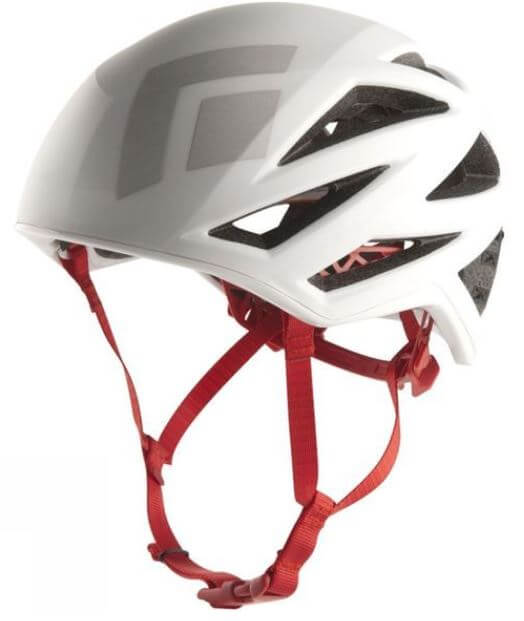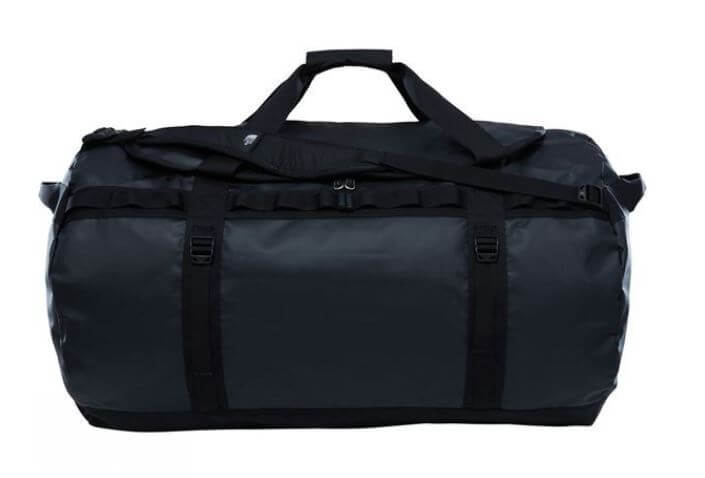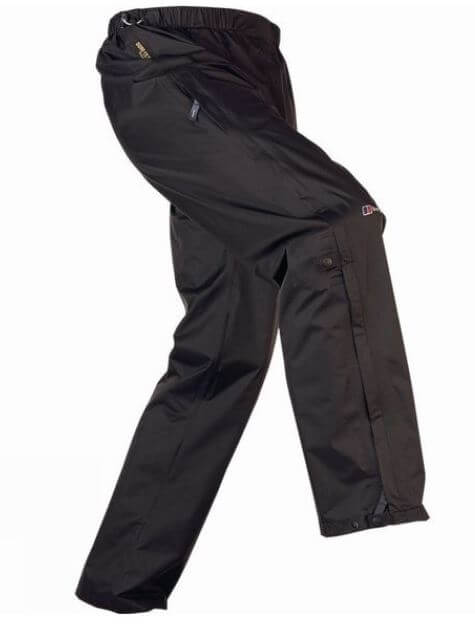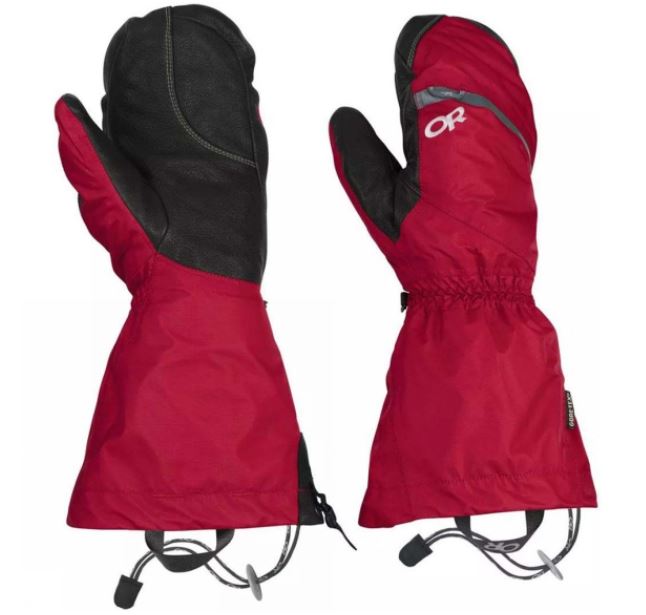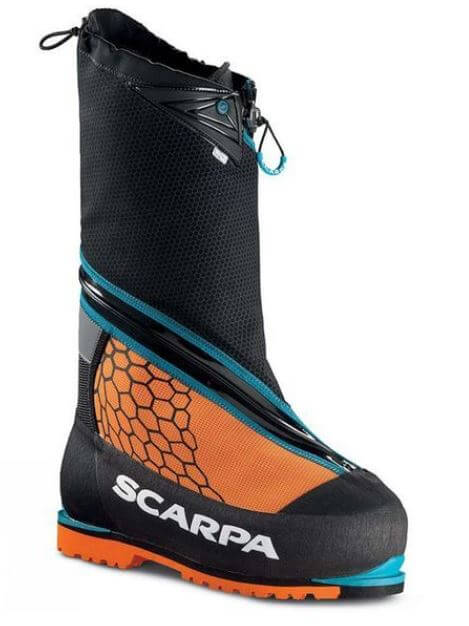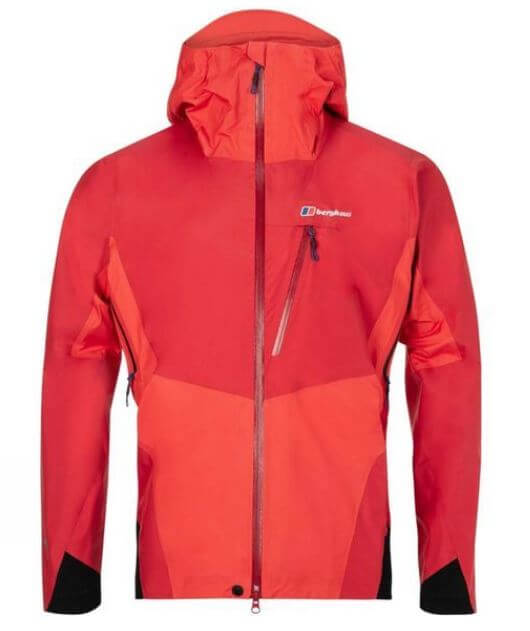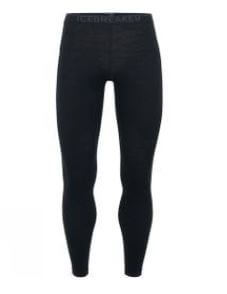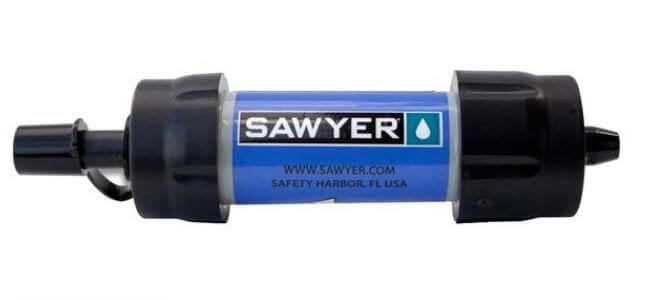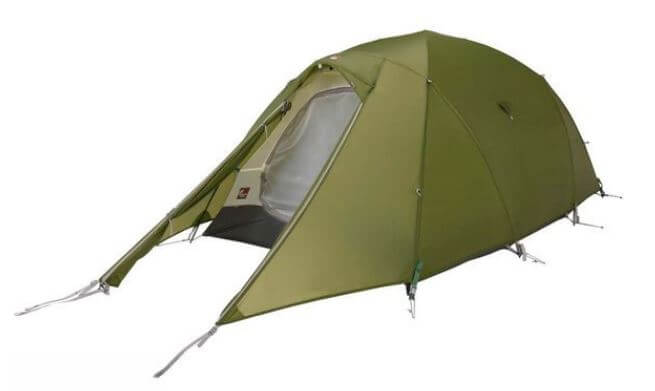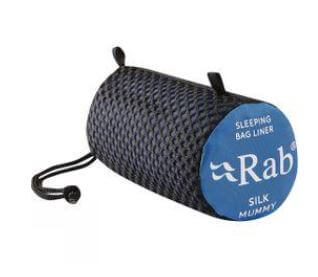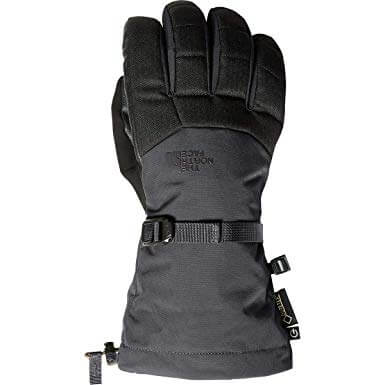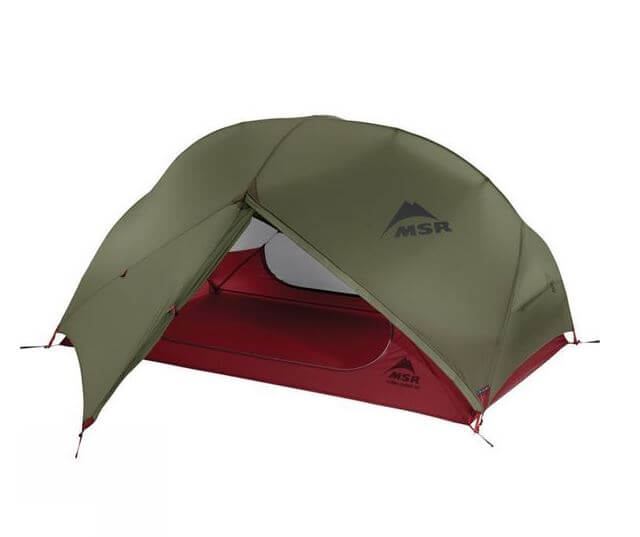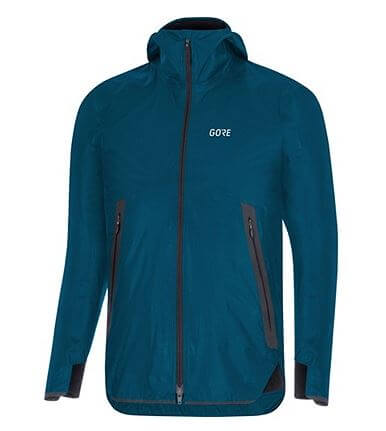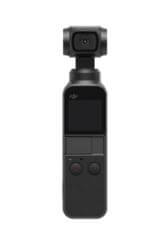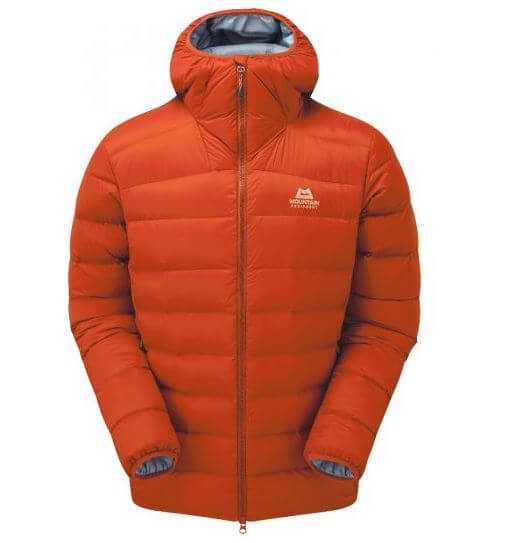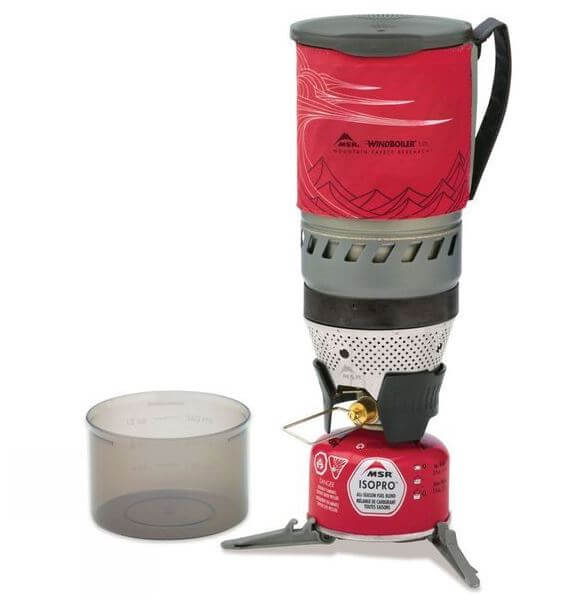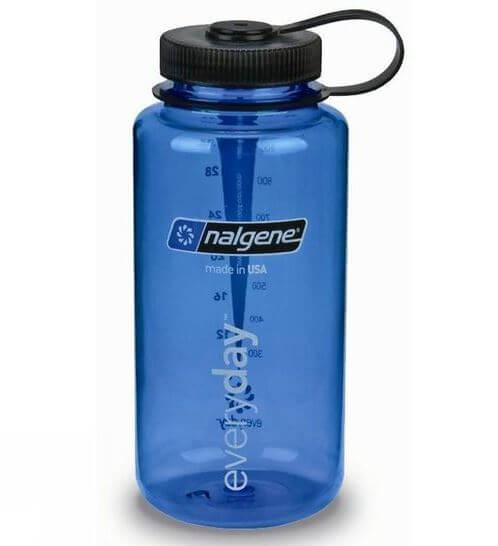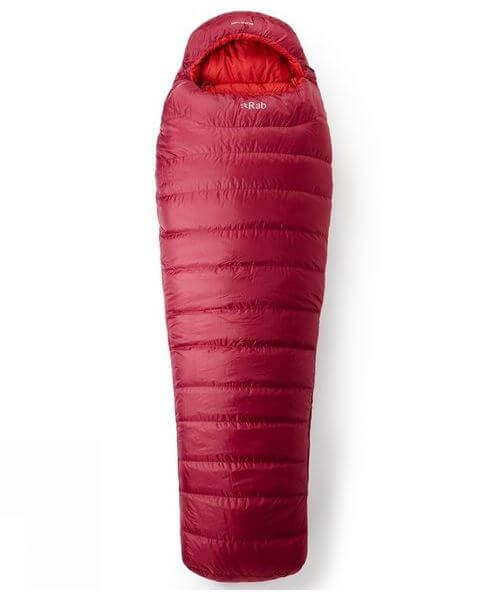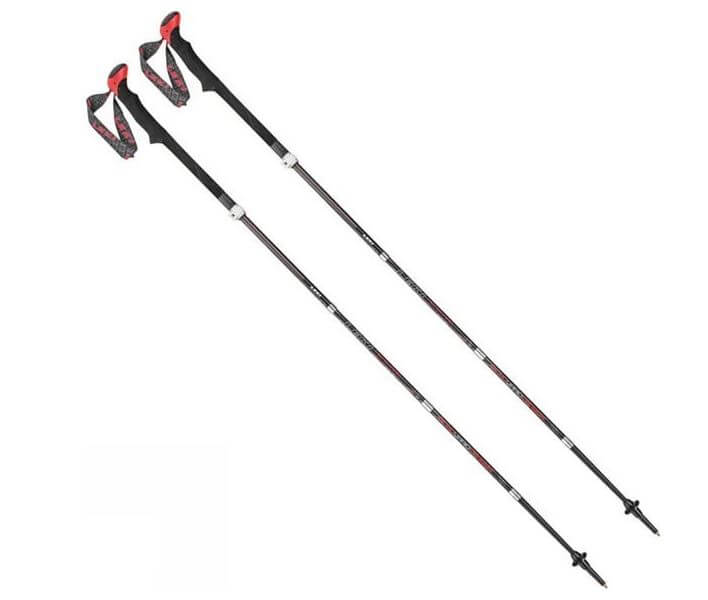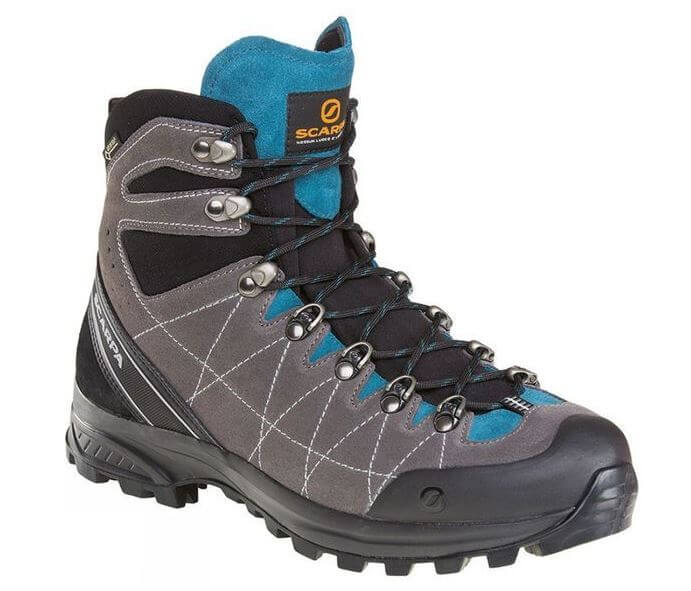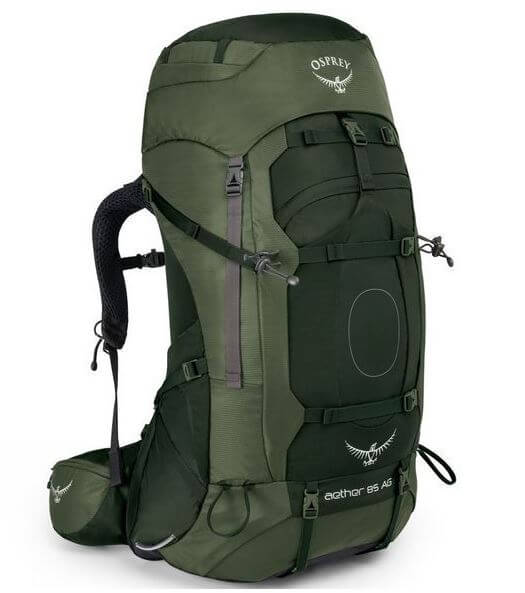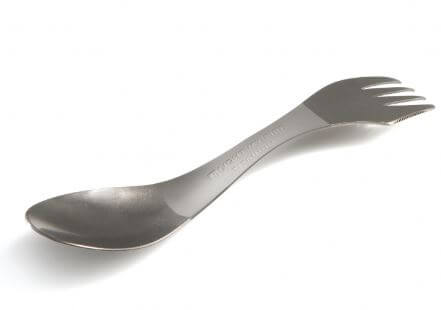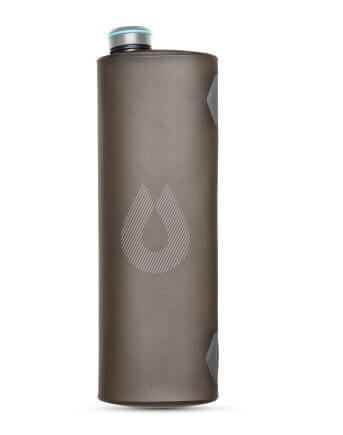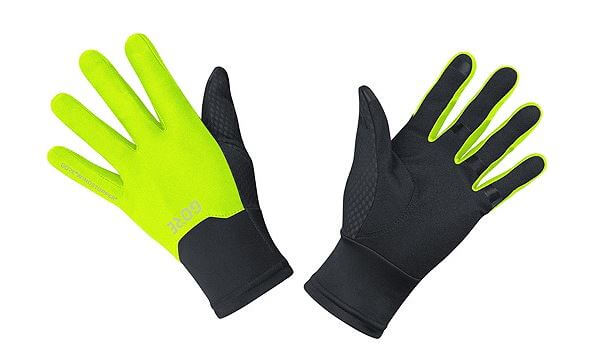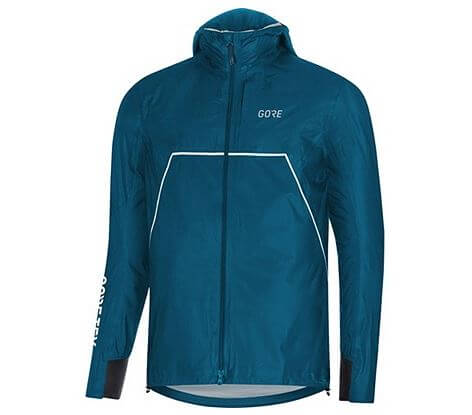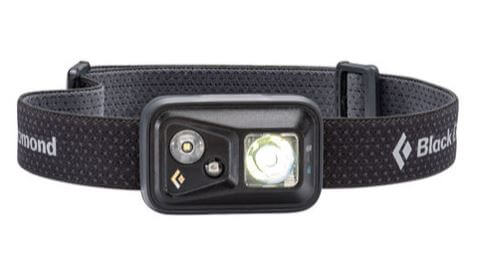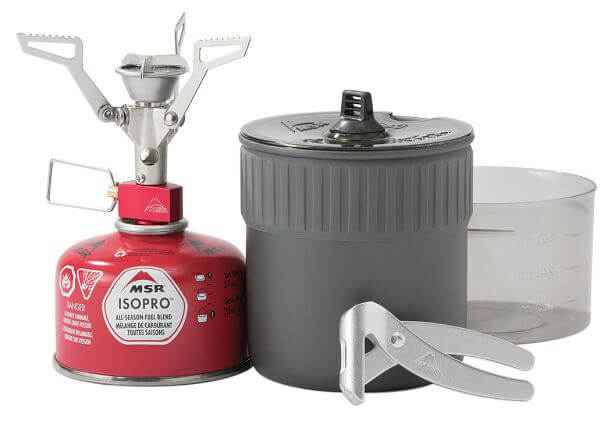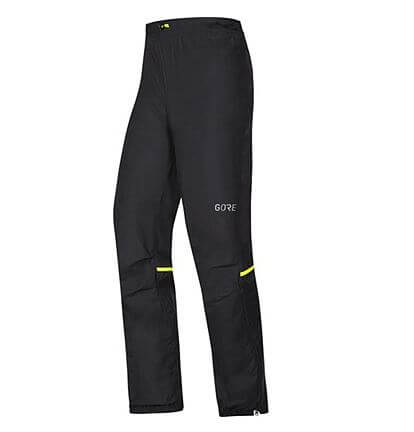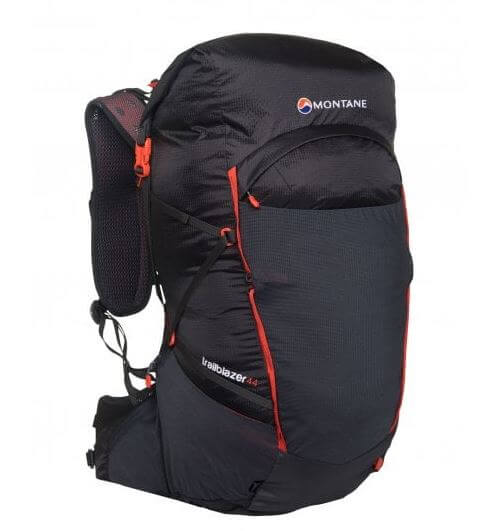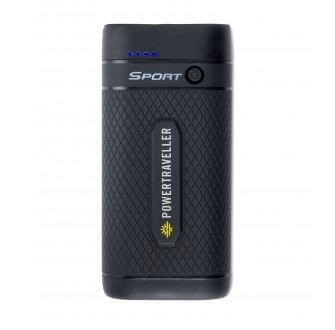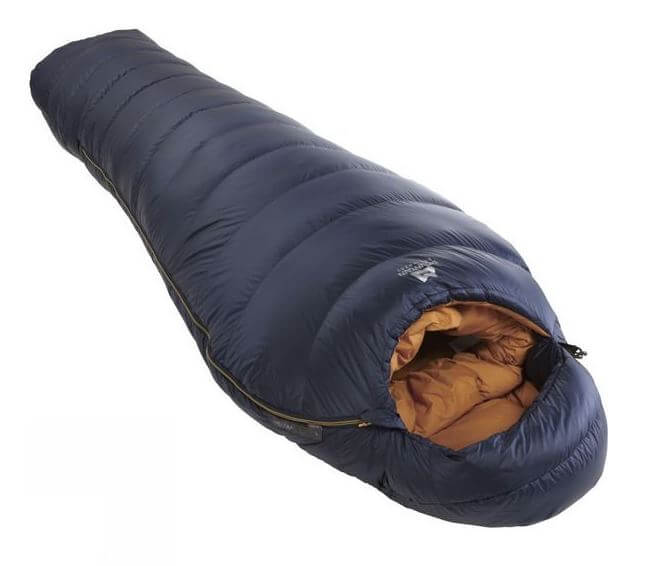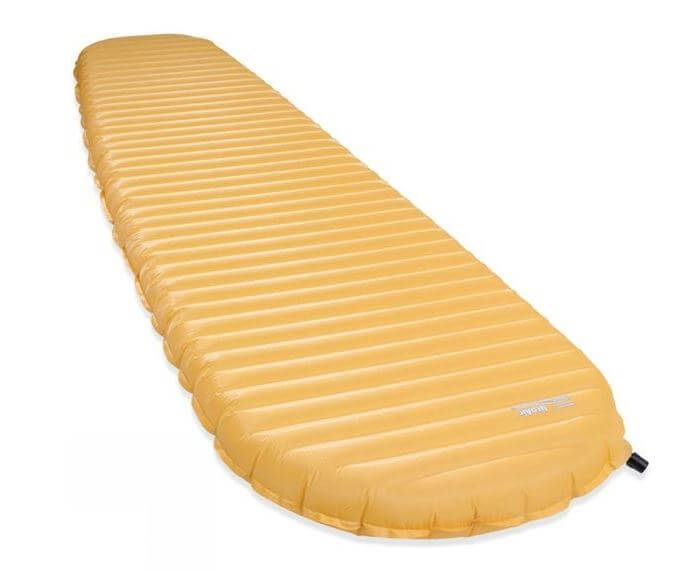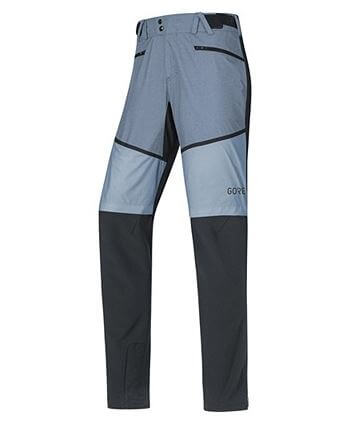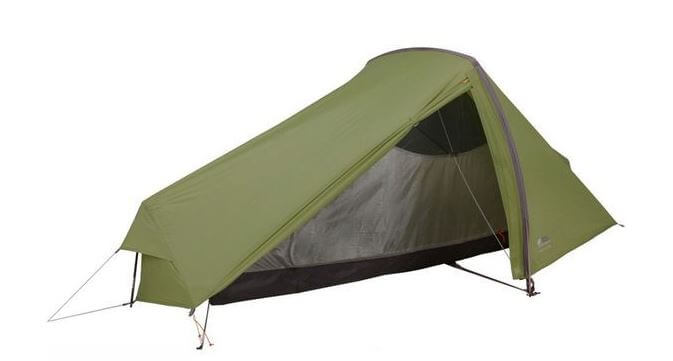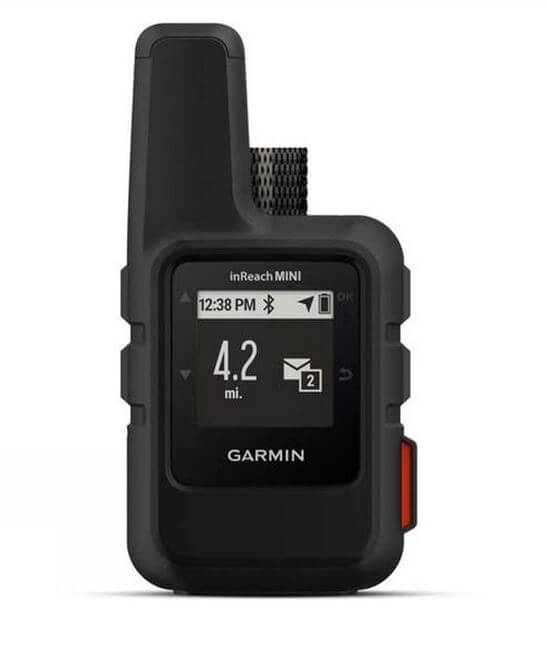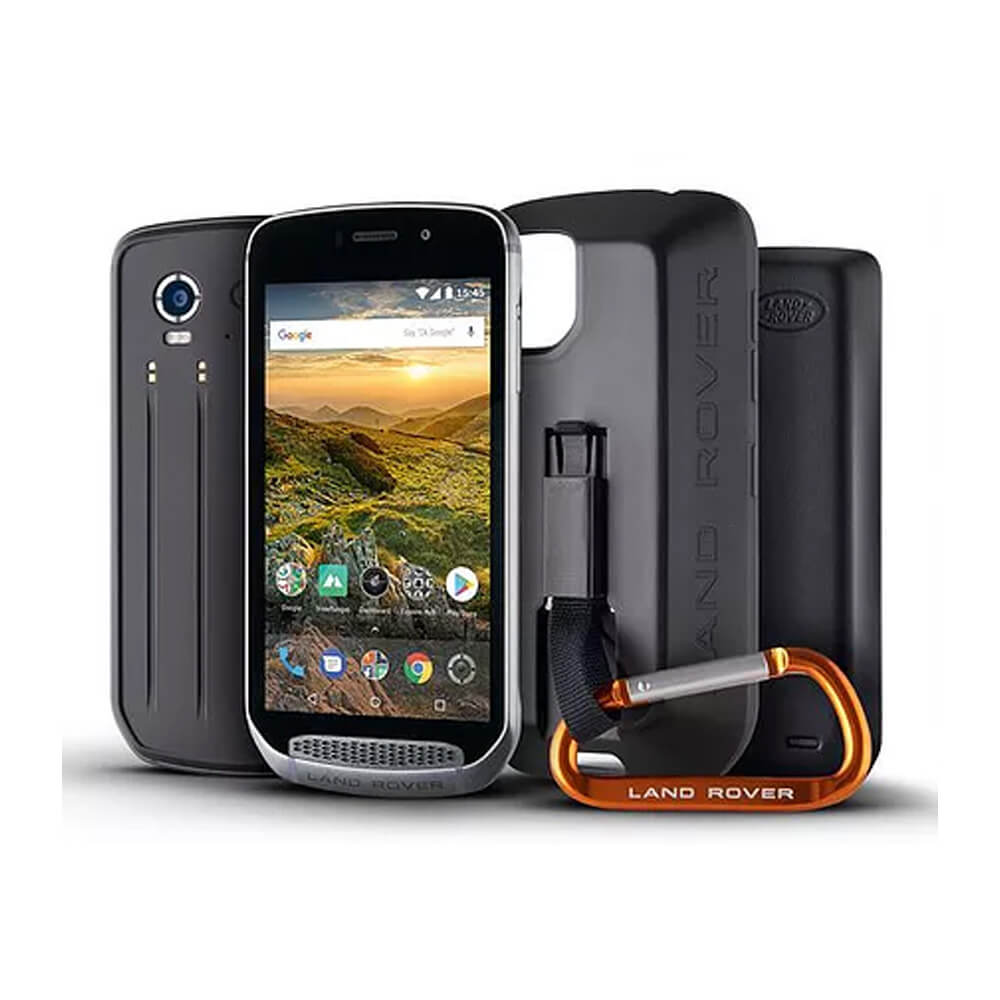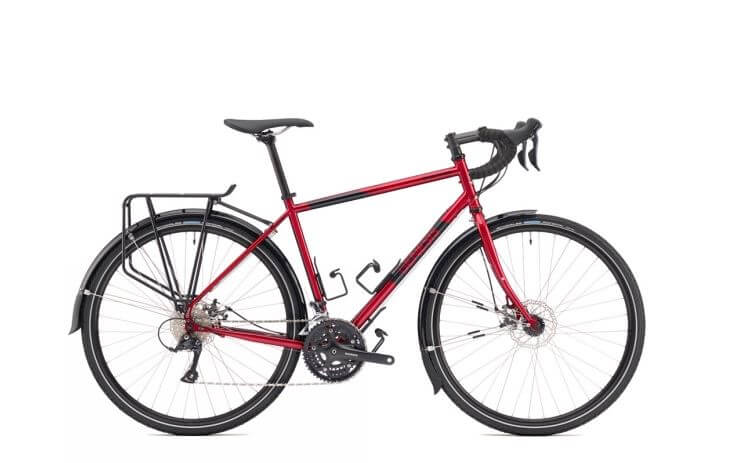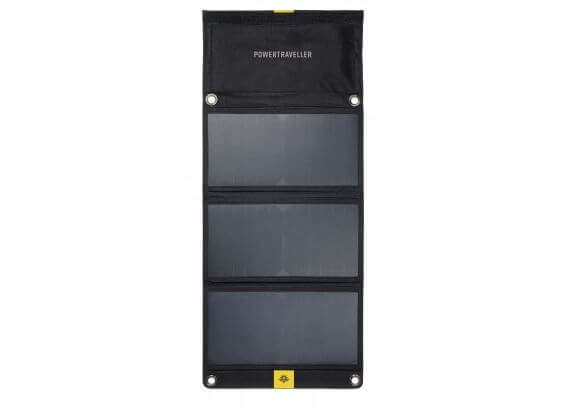In February this year, we successfully summited the three highest peaks in Ecuador – Chimborazo (6268m), Cotopaxi (5897m) and Cayambe (5790m). There are four key factors to being successful on big mountains such as these and they include a) being fit b) good weather c) good kit and d) proper acclimatisation.
This post is going to run through our acclimatisation process because it was evident that a lot of people on these mountains had not taken the time to ensure they were as prepared as they could be. A key learning was also that you can’t always depend on your guides to make sure you are ready – remember, they are running a business and the more people they get onto the mountain (not to the summit) is how they make money!
So the symptoms of altitude sickness are:
- Headache.
- Dizziness.
- Nausea.
- Vomiting.
- Fatigue and loss of energy.
- Shortness of breath.
- Problems with sleep.
- Loss of appetite.
If you ignore these symptoms and don’t descend immediately then you could suffer from:
- Confusion
- Shortness of breath even at rest
- Inability to walk
- A cough that produces a white or pink frothy substance – AKA a Pulmonary embolism (PE), which is a blockage of an artery in the lungs by a substance that has moved from elsewhere in the body through the bloodstream (embolism). Symptoms of a PE may include shortness of breath, chest pain particularly upon breathing in, and coughing up blood
- Coma

This is our full acclimatisation programme broken down day by day.
Note: we did not use any medication and made sure we were fully hydrated at all times. The rule we used was drink the same number of litres as the altitude you are at.
Day 1: Day in Quito at 2800m
Day 2: Day in Quito at 2800m. Visited the Mirador del Teleférico (c.4000m) Note – it is possible to go hiking from here to Cumbre Rucu at 4784m (though probably not on your first day!)
Day 3: Move to Hacienda El Porvenir (3600m)
Day 4: Trek up north side of Ruminahui to 4200m, Sleep at Hacienda El Porvenir (3600m)
Day 5: Climb Ruminahui Centrale (4630m) with guide. We slept at Hacienda San Joaquin (3000m)
Day 6: Climb Ilniza Norte (5126m) with guide. We slept at Hacienda San Joaquin (3000m)
Day 7: We move to Jose Rivas Refugio(4864m) for an acclimatisation evening (we had to force this as our guide wanted us to stay at 3000m)
Day 8: We spent the day at Jose Rivas Refugio, visited the Glacier, then prepared for Cotopaxi summit (5897m) attempt at midnight
Day 9: Started summit attempt just after midnight and arrived at Cotopaxi Summit (5897m) at sunrise. We descended and returned to Hacienda San Joaquin (3000m)
Day 10: Rest day at Hacienda San Joaquin (3000m)
Day 11: Moved to Oleas–Ruales–Berge Refugio (4,600m) for midnight summit attempt of Cayambe (5790m) Sleep in Refugio (4600m)
Day 12: Summit attempt delayed to 7.30am – Reach Cayambe Summit (5790m) at 1.30pm. Return to Hacienda San Joaquin (3000m)
Day 13: Move to Chimborazo Lodge by Marco Cruz (4000m)
Day 14: Rest day at Chimborazo Lodge by Marco Cruz (4000m)
Day 15: Meant to attempt summit Chimborazo (6268m) but let down by guide (Juan Silva) – Move to Riobamba (3000m) to find new guide. Hire guide from Andean Summit Adventure.
Day 16: Move to Chimborazo High Altitude camp (5350m) where we eat and rest before midnight Chimborazo summit (6268m) attempt.
Day 17: Reach the summit of Chimborazo (6268m)
Below is how this looks on a graph:


